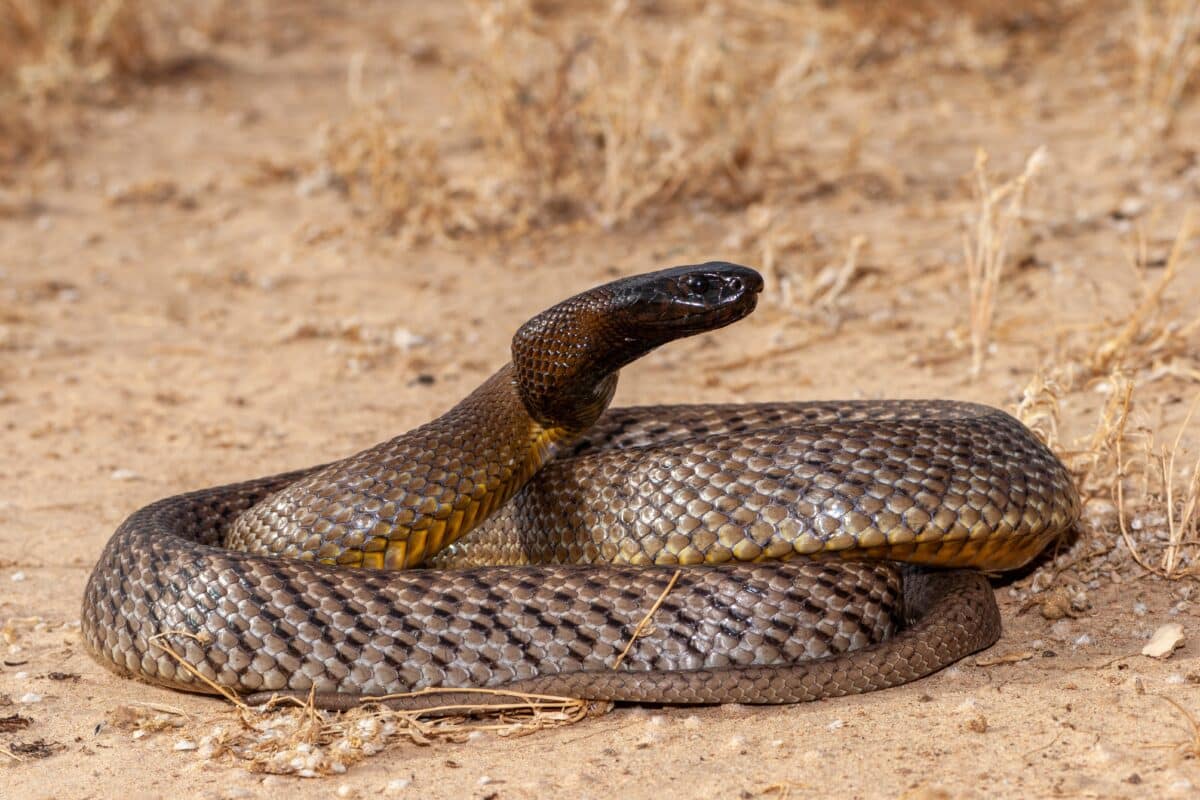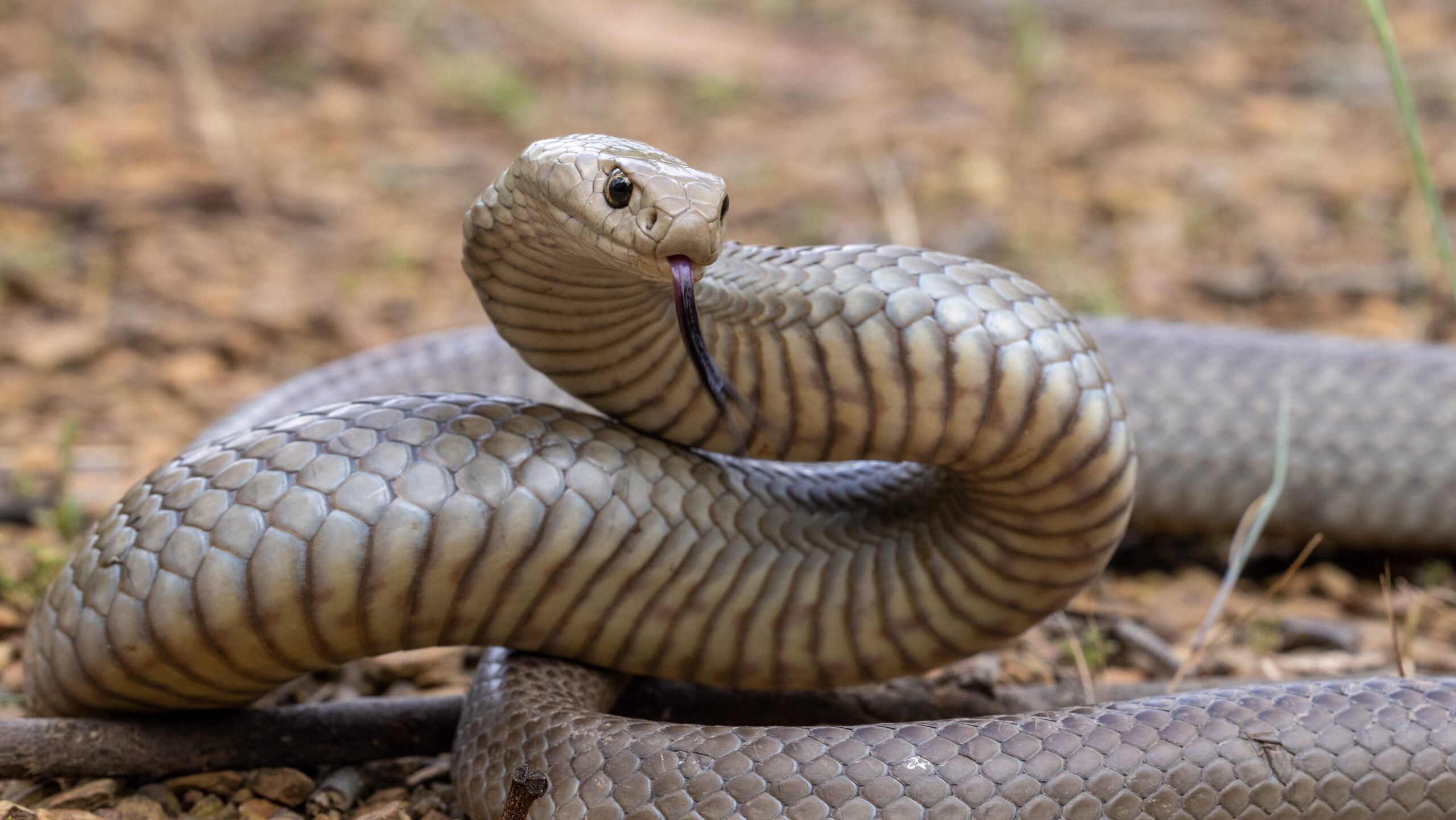Introduction
Encountering a serpent in the wild can be both electrifying and scary, specifically if that serpent is known for its potent venom. In Australia, the tiger serpent is among the most infamous and poisonous snakes, making it crucial for exterior enthusiasts to understand just how to recognize them and identify the signs of their bites. This comprehensive guide will certainly explore whatever related to tiger serpent encounters, focusing specifically on identifying signs and symptoms from a bite, emergency treatment steps, and comprehending their habitat.
Snake Attack Signs: How to Identify a Tiger Snake Encounter
When discussing snake bite symptoms, it's important to focus on how these symptoms offer themselves after a tiger serpent encounter. The tiger serpent (Notechis scutatus) is extremely related to for its aggressive nature when endangered and its potent poison, which can create serious reactions in humans.
What Does a Tiger Serpent Look Like?
Before we dive deeper into bite signs, recognizing what a tiger serpent resembles is necessary for recognition:
- Coloration: Tiger snakes are generally grouped with yellow or brown red stripes versus a darker backdrop. Size: They can grow up to 2.5 meters in length. Head Shape: Their heads are wide contrasted to their necks. Behavior: Typically located basking or swimming; they may present an aggressive position when threatened.
Understanding these attributes can assist you identify a tiger snake prior to an encounter escalates.
Are Tiger Snakes Venomous?
Absolutely! Tiger serpents are undoubtedly venomous. Their poison consists of neurotoxins that can trigger Australian snake habitats paralysis and coagulopathy-- basically interrupting blood clotting systems. These factors make their bites extremely dangerous.

Recognizing Tiger Snake Bite Symptoms
Immediate Signs of a Serpent Bite
The start of signs and symptoms after being attacked by a tiger snake can differ based on a number of aspects:
Initial Discomfort: An abrupt sharp pain at the bite website commonly occurs. Swelling: Swelling might create around the area. Discoloration: Discoloration or inflammation could comply with as the body reacts to the venom. Systemic Signs and symptoms: Nausea, vomiting, headache, sweating, and problem breathing might materialize as the venom spreads.Local Impacts of Tiger Snake Bites
Local impacts largely consist of:
- Rapid swelling at the site Severe tenderness Possible blistering or necrosis if untreated
Systemic Results of Tiger Snake Bites
Systemic impacts incorporate more comprehensive symptoms influencing different body systems:
- Neurological Signs: Dizziness, confusion, or feeling numb may indicate neurotoxic effects. Cardiovascular Signs and symptoms: Fluctuating heart rates can indicate significant systemic involvement.
Recognizing these prompt indications can be important for timely clinical intervention.
What To Do If Attacked by a Tiger Snake?
First Aid for Snake Bites
Knowing exactly how to carry out first aid can be lifesaving when handling prospective tiger serpent bites.
Stay Calmness: Keeping one's cool helps slow down poison spread. Immobilize Impacted Limb: Keep it still and listed below heart level. Seek Immediate Medical Focus: Call emergency solutions or get to the healthcare facility as soon as possible.Important Note: Never bandy bandy snake attempt to suck out the venom or apply ice directly on the injury; this could worsen cells damage.
Creating Your First Aid Package for Serpent Bites
A detailed first aid package should include things especially useful for handling snake attacks:
|Product|Purpose|| -------------------------------|------------------------------------------|| Compression Plaster|To paralyze limb|| Antihistamines|For allergic reactions|| Pain Relievers|Manage pain till medical aid arrives|| Emergency Contact Info|In instance of serious reaction|
First Help Kit Fundamentals for Australian Snakes
Ensure your kit additionally includes specific things appropriate to Australian environments:

Understanding Tiger Snake Habitat
Where Do Tiger Snakes Live?
Tiger serpents are typically found in different habitats throughout Australia, consisting of:
- Coastal regions Swamps and wetlands Grasslands
They choose locations with ample water system and vegetation cover rough scaled snake where they can quest effectively.
Tiger Serpents in Tasmania
Tasmanian tiger serpents exhibit distinctive characteristics such as variations in color and dimension contrasted to mainland populaces as a result of ecological adaptations.
Prevention Is Much better Than Cure: Staying Clear Of Experiences with Tiger Snakes
Safety Tips When Outdoors
When venturing right into areas understood for tiger serpents:

By taking preventative actions seriously, you decrease your danger of an encounter altogether.
FAQs regarding Tiger Snakes
Q1: What do I do if I see a tiger snake? If you come across one, remain tranquil; retreat slowly without turning your back on it-- stay clear of prompting it further.
Q2: The length of time does it take for signs from a bite to show? Signs normally show up within mins but can differ based on private reactions.
Q3: Can I utilize ice bag on a serpent bite? No! Applying ice packs could create more harm than good by getting worse cells damages around the bite area.
Q4: Are child tiger snakes less dangerous? Yes, but baby tiger snakes still have poison efficient in creating harm; caution is constantly recommended no matter size.
Q5: Where can I locate antivenom treatment in Australia? A lot of medical facilities have access to antivenom for usual Australian snakes; it's crucial to reach medical assistance quickly after a bite.
Q6: Exactly how fatal are tiger snake bites? Without punctual clinical treatment, fatalities can happen; nonetheless, very early intervention significantly boosts outcomes.
Conclusion
Understanding just how to determine and respond to a prospective tiger snake encounter is important not only for personal security but additionally for promoting respect towards these remarkable animals that occupy our communities. With knowledge about their appearances, behaviors, habitats, and effective first aid approaches available-- you're currently much better equipped than ever!
By adhering purely to safety protocols while delighting in Australia's abundant all-natural appeal, you lessen risks associated with wildlife encounters while guaranteeing readiness must a regrettable case happen-- a real testimony that knowledge is power!
Remember that staying educated about local wild animals will always boost your outdoor experiences while keeping threats at bay!